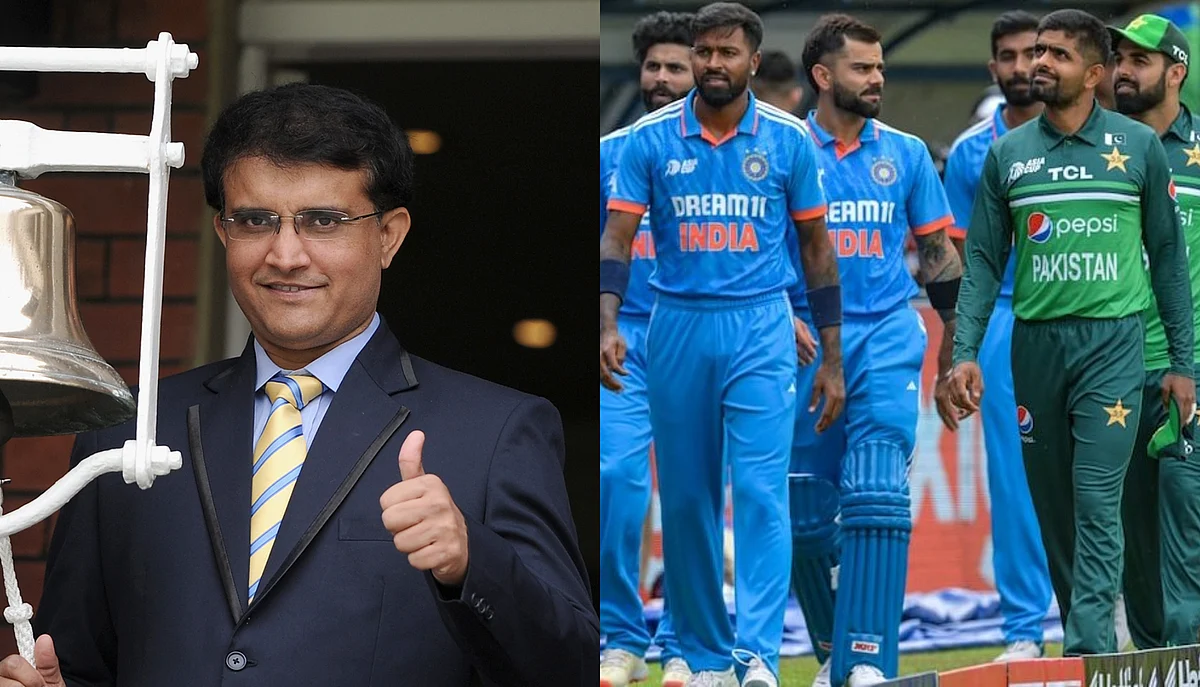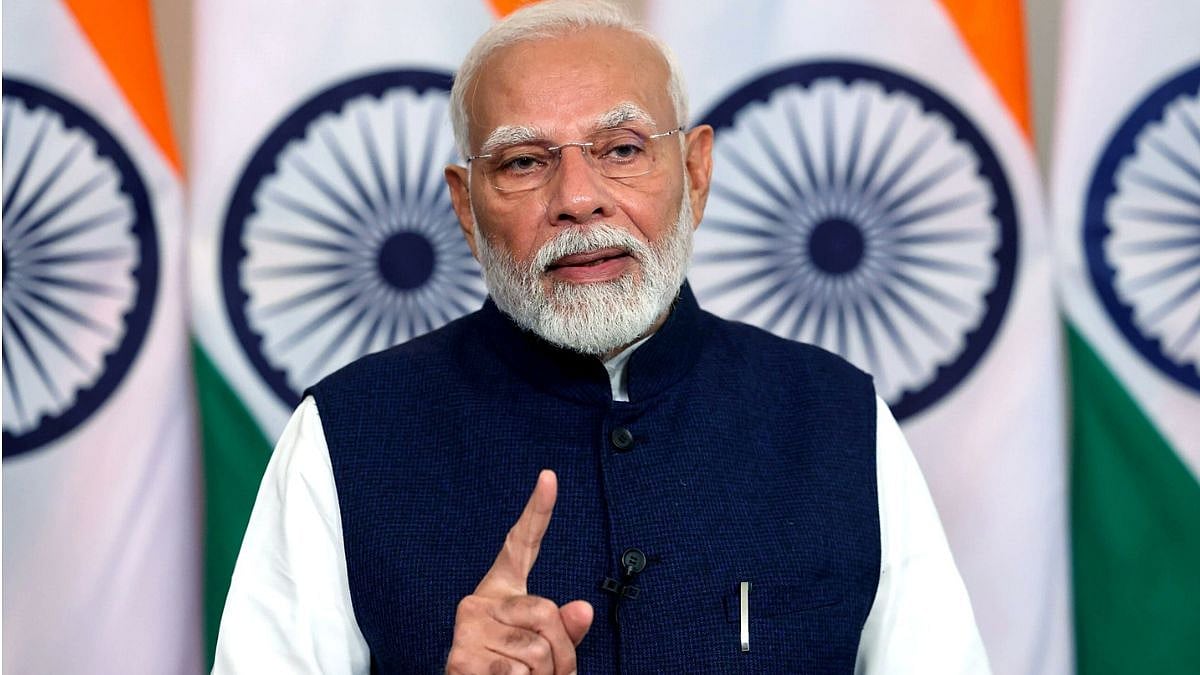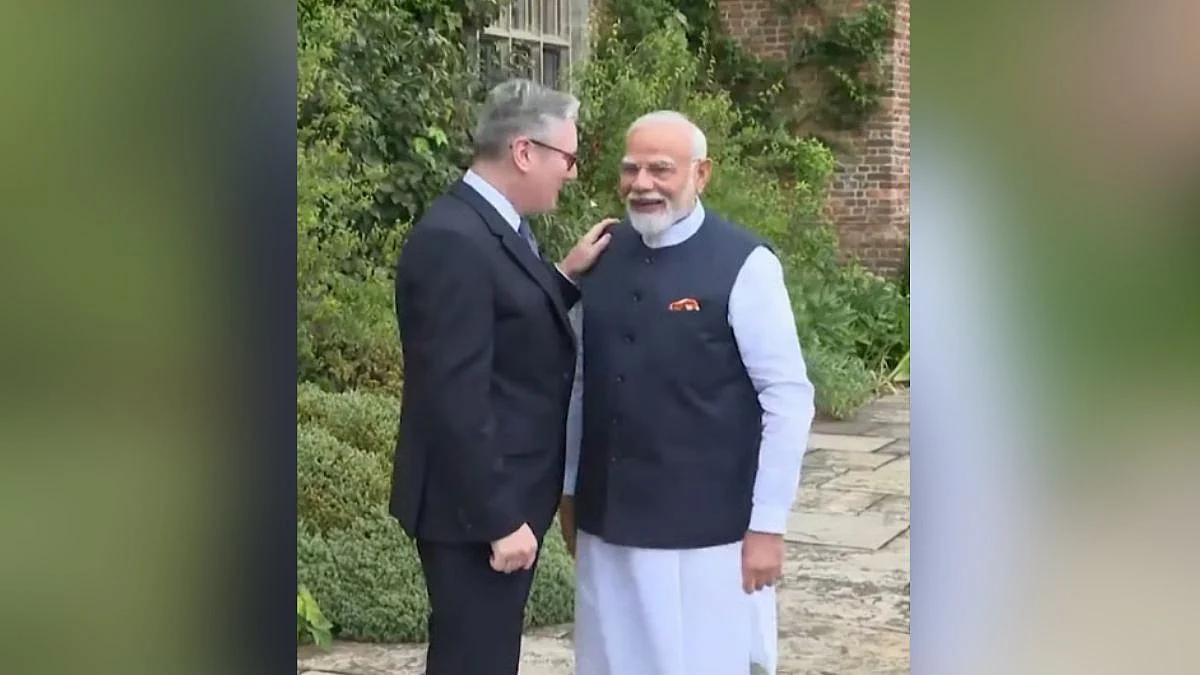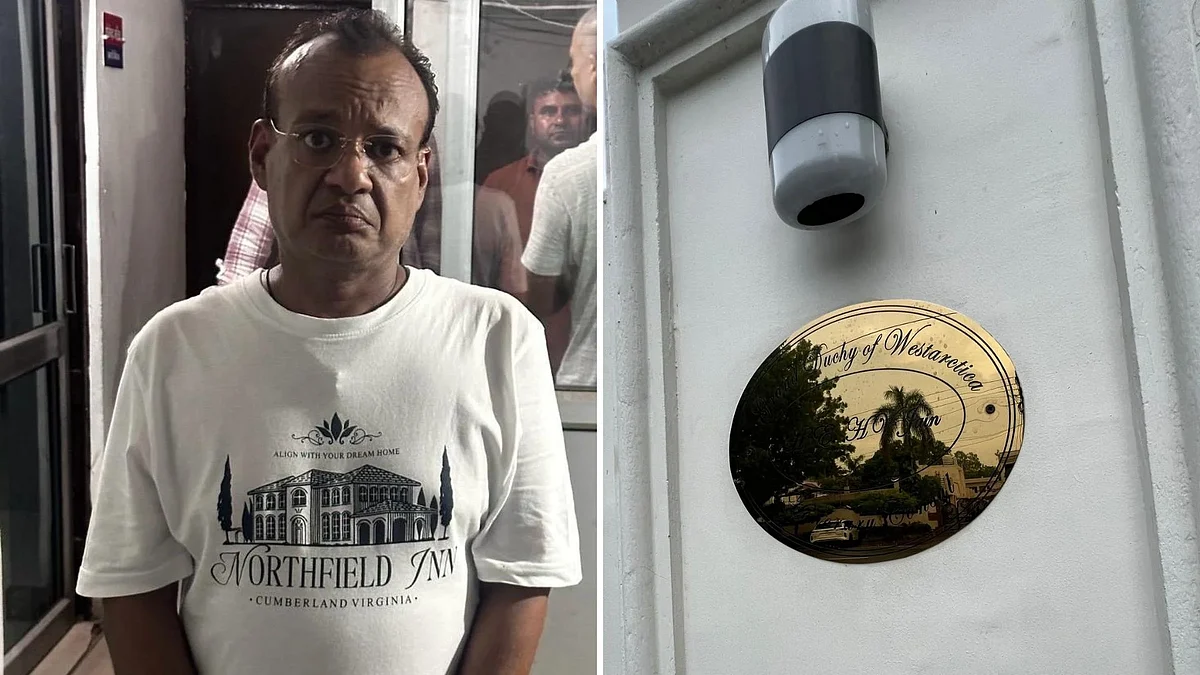A recommendation a few days ago by the Committee of Parliament on Official Language headed by Union Home Minister Amit Shah that Hindi should be the medium of instruction in all technical or non-technical educational institutions in Hindi-speaking states, including central universities, has reignited the contentious language debate in the country. The recommendations of the committee, which have been sent to President Droupadi Murmu, have triggered angry reactions in Tamil Nadu, Kerala and other southern states. The Madhya Pradesh government deciding to launch Hindi instruction for the medical course in the state, with Amit Shah releasing in Bhopal Hindi texts of three subjects taught in the first year of the MBBS programme, has only intensified the controversy.
Tamil Nadu Chief Minister M K Stalin has written to the Prime Minister that the “aggressive attempts of the Union government” to ‘impose’ Hindi are “impractical and divisive in character”, putting non-Hindi speaking people in a disadvantageous position. The DMK youth wing has held protests in the state and is threatening a massive demonstration in Delhi. Kerala Chief Minister Pinarayi Vijayan has also termed the committee’s recommendations as an assault on federalism and the very essence of India’s unique unity in diversity.
There is nothing new about the opposition to Hindi in the south, where the first anti-Hindi imposition agitation was launched in 1937 and continued for nearly three years. This was against the introduction of compulsory teaching of Hindi in schools of the Madras presidency by the then Congress government led by C Rajagopalachari (Rajaji). It was strongly opposed by E V Ramaswamy Naicker ‘Periyar’ and the Justice Party. After India’s independence from Britain in 1947, the question of an official language was thoroughly debated by the framers of the Indian Constitution. Hindi was finally adopted as the official language of India, with English as an associate official language for fifteen years after which Hindi would become the sole official language.
However, as the date for making Hindi the official language neared, there was strong opposition from many non-Hindi speaking states who wanted English to continue as the official language. To assuage their anxieties, Pandit Jawaharlal Nehru enacted the Official Languages Act, 1963, to ensure the continuing use of English beyond 1965. The fine print of the Act did not satisfy the DMK which felt Mr Nehru’s assurances might not be honoured by his successors. Mr Nehru passed away in 1964 and the anti-Hindi agitation gained momentum in Madras with increased support from college students. Riots broke out all over in 1965; there was violence, arson, police firing, lathicharges, et al. The Congress government in the state called in the paramilitary forces to quell the frenzied mobs. Their action led to the death of at least 70 people as the state erupted in grief and anger.
To bring a semblance of calm, Prime Minister Lal Bahadur Shastri gave assurances that English would continue to be used as the official language as long as the non-Hindi speaking states wanted. The riots subsided after this assurance and students called off their agitation. The DMK won the 1967 Assembly election while the Congress has never again managed to regain power in the state where the Dravidian parties have held sway. This is an indicator of how deep-rooted the animosity towards alleged ‘imposition’ of Hindi lies south of the Vindhyas. The Congress in the 1960s was seen as a Hindi heartland party, much as the BJP is perceived in the southern states now.
Amidst the BJP-led NDA government’s zeal to wipe out all vestiges of the colonial legacy, there is a new-found enthusiasm to remove English as it is seen as the language of privilege and a symbol of the elitist Lutyens’ Delhi, so abhorred by the current dispensation that ironically continues to populate its geographical environs marked by lush green enclaves and sprawling bungalows. The southern states’ resistance may, however, stymie this move. Brute majority does not always achieve success. It would be wiser to use the soft power of Hindi, courtesy films and music, than thrust it on states. Bollywood seems to have realised that collaboration with the south is the only way forward for it to thrive. It is important that the powers that be in New Delhi, too, take the entire nation along in their journey to root out colonial symbols.






.jpg)



